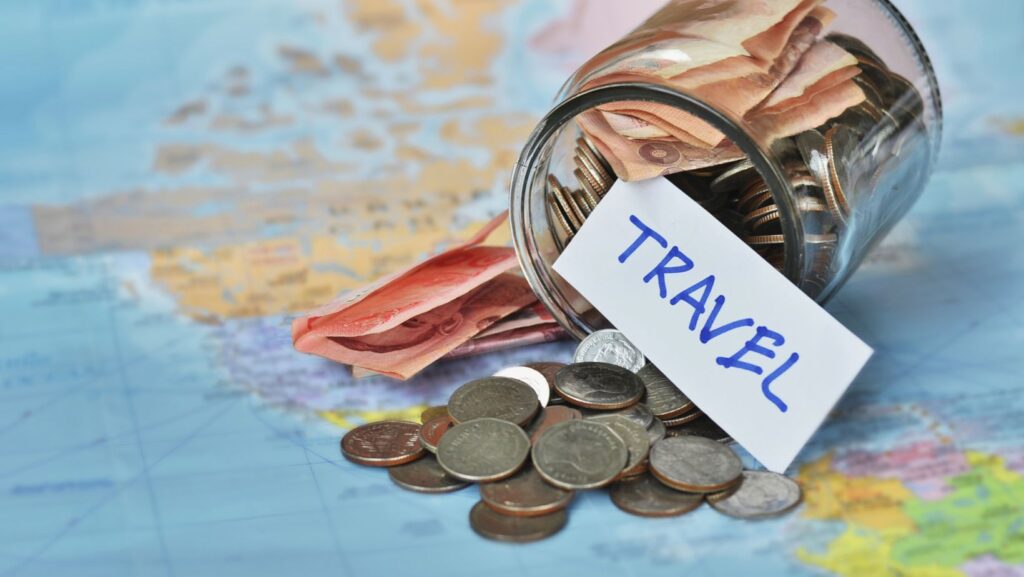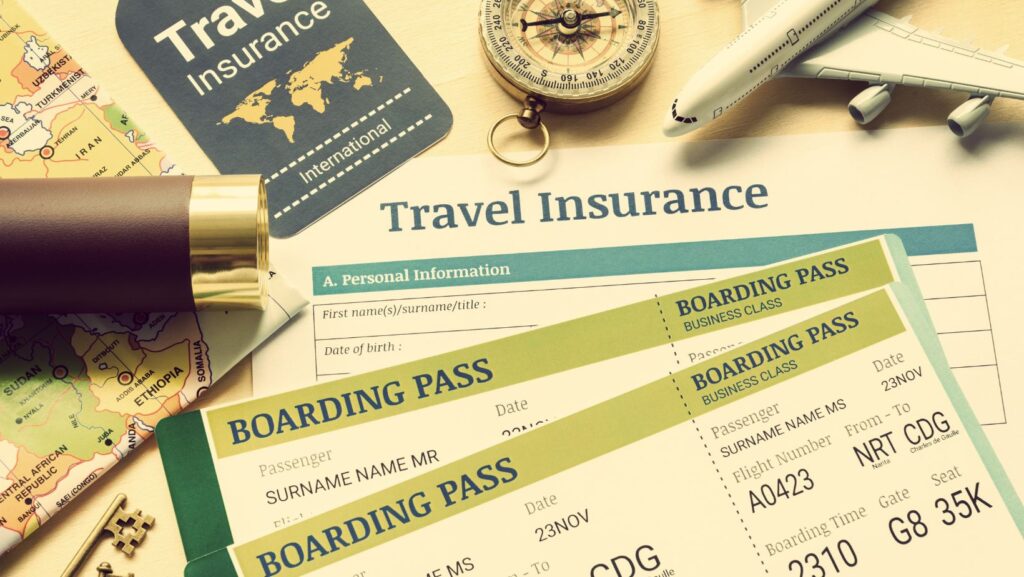Europe, a continent rich with history, culture, and breathtaking landscapes, often sits at the top of many travel bucket lists. But, for those on a budget, the dream of wandering through cobblestone streets, savoring authentic pasta, or gazing at iconic landmarks may seem out of reach.
How To Travel To Europe On A Budget
Choosing Cost-Effective Destinations
 Savvy travelers understand that selecting the right destinations significantly impacts their budget. For example, Eastern European countries like Poland, Hungary, and the Czech Republic offer lower living costs compared to France, Italy, or the UK. It’s a common misconception that an all-European trip needs to include famous western cities alone. On the contrary, choosing less-visited areas decreases expenses while providing a unique, less-touristic experience.
Savvy travelers understand that selecting the right destinations significantly impacts their budget. For example, Eastern European countries like Poland, Hungary, and the Czech Republic offer lower living costs compared to France, Italy, or the UK. It’s a common misconception that an all-European trip needs to include famous western cities alone. On the contrary, choosing less-visited areas decreases expenses while providing a unique, less-touristic experience.
Timing Your Travel for Off-Peak Seasons
Another key factor in budget-conscious travel planning involves recognizing the importance of timing. For instance, traveling in off-peak seasons – typically between October and April – comes with various benefits. Lowered airfare rates, decreased accommodation costs, and fewer crowds are notable ones. Additionally, many tourist attractions reduce their entry fees in off-seasons, contributing further to savings. Contrary to popular belief, plenty of significant events like Portugal’s Fantasporto film festival or Italy’s Carnevale still occur during these months, ensuring travelers plenty of cultural immersion opportunities.
Saving on Flights
In the journey of traveling to Europe on a budget, conserving on flight expenses marks a vital stride. Let’s delve into crucial strategies for booking and the importance of using flight comparison tools.
Booking Strategies
 Contrary to popular belief, it’s possible to find affordable flights to Europe. Booking during off-peak seasons, as highlighted earlier, offers potential for significant savings. Adopting flexible travel dates adjusts with fluctuating fares and eases the hunt for cheaper tickets. Additionally, travelers often overlook the advantage of choosing budget airlines. Brands like Ryanair and EasyJet propose decent flight terms at lower costs across multiple European destinations.
Contrary to popular belief, it’s possible to find affordable flights to Europe. Booking during off-peak seasons, as highlighted earlier, offers potential for significant savings. Adopting flexible travel dates adjusts with fluctuating fares and eases the hunt for cheaper tickets. Additionally, travelers often overlook the advantage of choosing budget airlines. Brands like Ryanair and EasyJet propose decent flight terms at lower costs across multiple European destinations.
An unsung strategy is signing up for email alerts from various airlines. Airlines often announce limited-time sales, granting alert subscribers a head start in securing budget-friendly bookings. Moreover, the practice of booking multi-city tickets or opting for indirect flights has been seen to reduce the overall cost, too.
Using Flight Comparison Tools
In the era of technology, an array of flight comparison tools stands at the traveller’s disposal. Tools such as Skyscanner, Google Flights, and Momondo enable travellers to compare prices across different airlines, routes, and dates, fostering informed decisions.
By setting fare alerts on these platforms, travellers don’t miss out on a sudden price drop, securing tickets at optimal costs. Plus, such tools offer insights into the cheapest day to fly or the most affordable destination during a given period.
Operating these tools involves a certain learning curve, but with consistent practice, they can become an indispensable element in one’s budget travel toolbox. In the quest of ‘how to travel to Europe on a budget,’ flight comparison tools serve as powerful weapons.
Affordable Accommodations
 Identifying economical lodging options forms a critical step in mastering how to travel to Europe on a budget. Opt for guesthouses, hostels, or BnBs rather than luxury hotels. In European cities like Lisbon, Berlin, and Copenhagen, these usually come with their unique charm, capturing the essence of the local culture, and often cost a fraction of ritzy accommodations.
Identifying economical lodging options forms a critical step in mastering how to travel to Europe on a budget. Opt for guesthouses, hostels, or BnBs rather than luxury hotels. In European cities like Lisbon, Berlin, and Copenhagen, these usually come with their unique charm, capturing the essence of the local culture, and often cost a fraction of ritzy accommodations.
Booking in advance often nets guests sizable savings. But, they shouldn’t disregard last-minute bookings completely. In off-peak seasons, when rooms remain vacant, innkeepers are more likely to negotiate rates.
Cheap Eats and Dining Tips
Traveling to Europe on a budget doesn’t mean going hungry. Savvy travelers master the art of seeking out inexpensive eateries, saving on meals without compromising taste or experience. Trying local street food is often a wallet-friendly and delicious way to experience local culture. Exploring open-air markets offer fresh, affordable produce — a win-win for travelers with access to kitchen facilities.
Rotating daily menus, or “menu del día” in Spain, for instance, provide a full meal for a budget-friendly price. For those with culinary interest, taking advantage of local cooking classes is an interactive way to enjoy local fare while learning cost-saving cooking tips. To further help the wallet, it’s wise to avoid restaurants near top tourist sites, they often inflate their prices.




